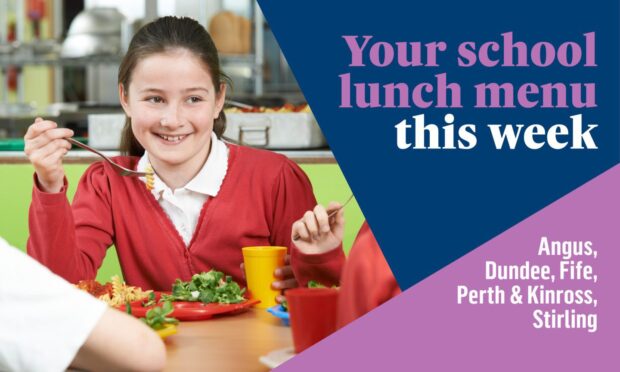The University of St Andrews has given the clearest indication yet as to what student life will look like when the new academic year gets underway in September.
In a message sent to staff and pupils, principal Sally Mapstone outlined the plans to take a “blended approach” to teaching, which will involve a mix of traditional, in-person classes, pre-recorded content and live, interactive online provision.
Professor Mapstone explained: “Wherever possible, we will default to traditional in-person teaching with remote delivery as back-up support for those students who require it.
“Larger classes, typically those in lecture format, will be delivered only online while public health restrictions remain in place.”
“All our in-person classes will take place under physical distancing regimens. All our online classes will be recorded so that students can access them later if desired.”
Addressing concerns over the quality of teaching students will get via this approach, Prof Mapstone added: “We are calling this blended approach to teaching in St Andrews ‘dual mode delivery’.
“We will provide teaching this way only for as long as is necessary, and as a stepping stone towards a comprehensive return to the traditional approaches to learning and teaching for which St Andrews is renowned.
“All students can expect the same high level of teaching quality, academic attention, and support, whether online or in person.”
I need to make you all aware that, as a result of the Covid-19 pandemic, the university is already facing a hole in our financial position of over £25 million this year.
Principal Sally Mapstone
Following on from the First Minister’s announcement last week that Scotland had moved to phase two of the lockdown restrictions easing, the university has also begun to bring key staff back onto the campus – including researchers who work in the university’s labs.
Professor Mapstone said: “The First Minister has confirmed that essential staff can return to work on site from June 22 to prepare for universities and colleges re-opening, and that labs and research facilities can resume work from June 29.
“We expect to move into phases three and four of the Scottish Government’s route-map over the next two months and as that happens we will be asking key staff to come into work in St Andrews to support our gradual re-opening.”
The message also “strongly recommended” that all students who are able to travel safely should plan to be in St Andrews for the start of the semester.
The university had previously announced the new term would get underway on September 14, with orientation week scheduled to begin on September 7 and halls of residence welcoming back students from August 24.
Financial black hole
Professor Mapstone had previously informed staff and students that the university was facing a £25 million black hole in its finances due to the Covid-19 pandemic and urged the Scottish Government to provide “urgent and substantial aid” for universities.
Writing in April, she said: “I need to make you all aware that, as a result of the Covid-19 pandemic, the university is already facing a hole in our financial position of over £25 million this year.”
“It does not take account of further losses to revenue which we would reasonably anticipate incurring as the global Covid-19 crisis continues.
“It is as serious a financial crisis as our university has faced in modern times, and it will mean that we cannot do everything you want or expect us to, and that we have to take some very difficult decisions about our future.”
As a result of the financial challenges, all major capital projects have been paused and the university’s strategic plan up to 2023 is to be reviewed.











